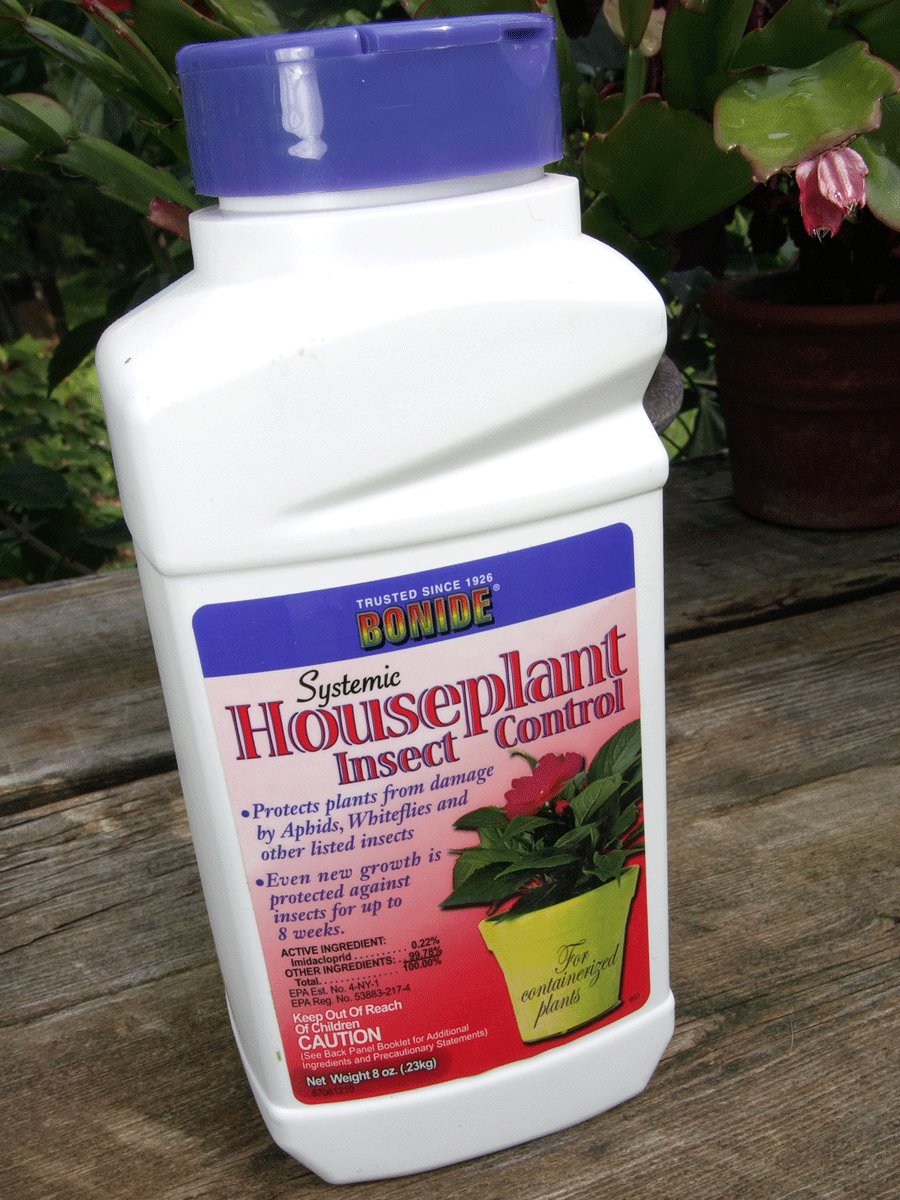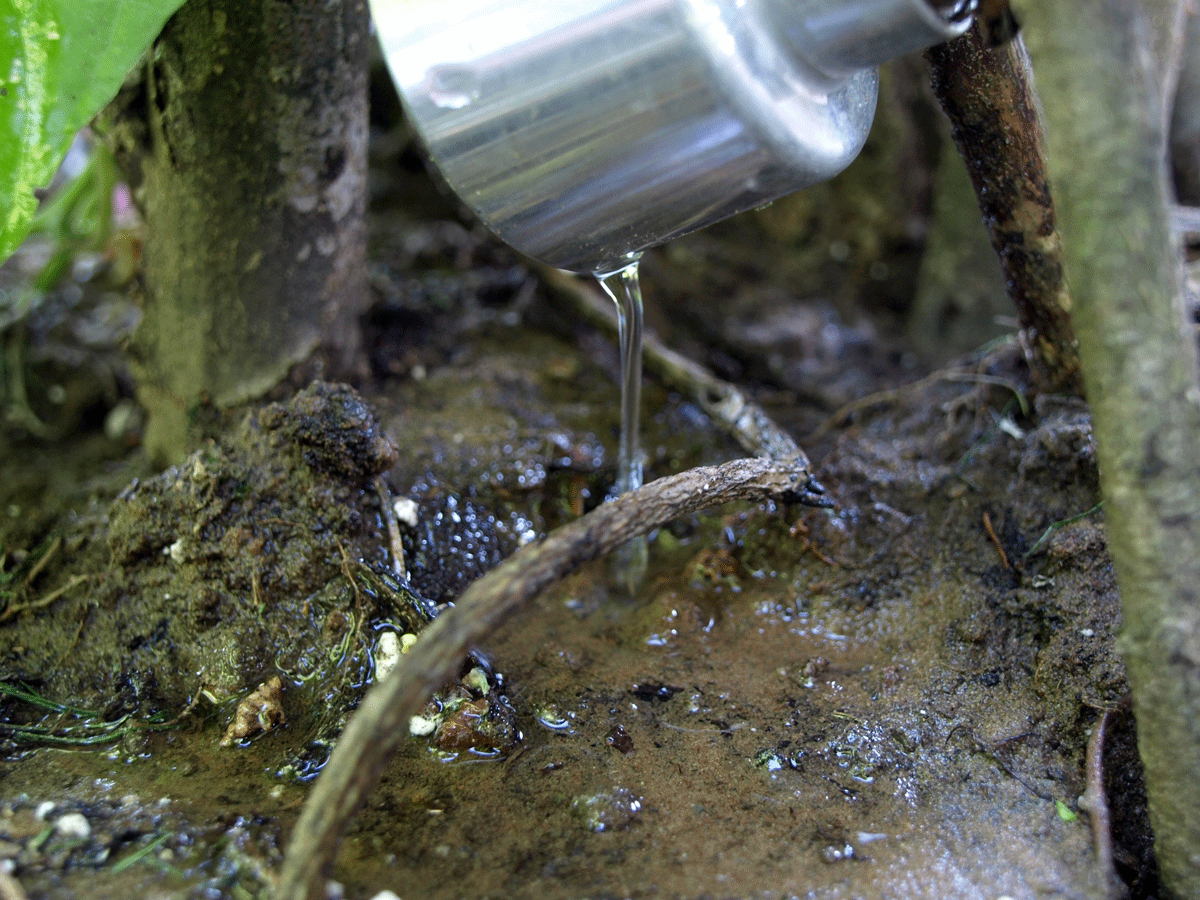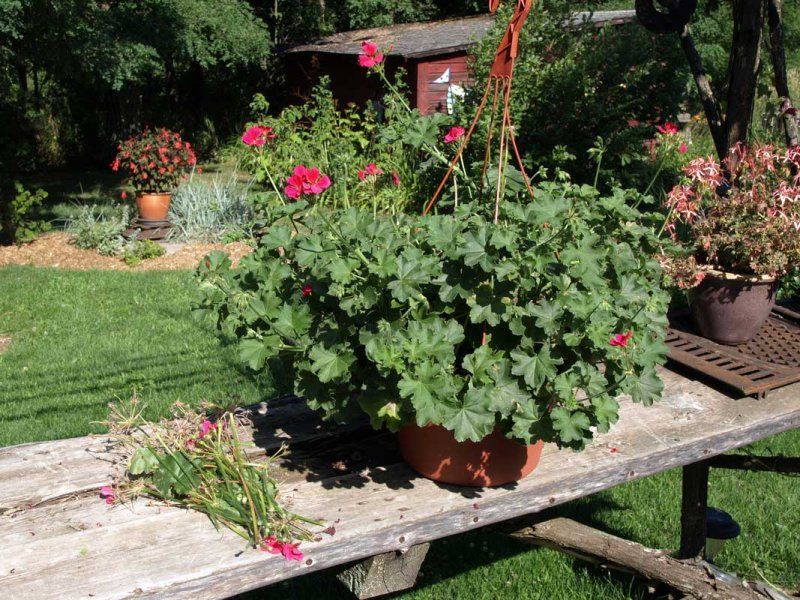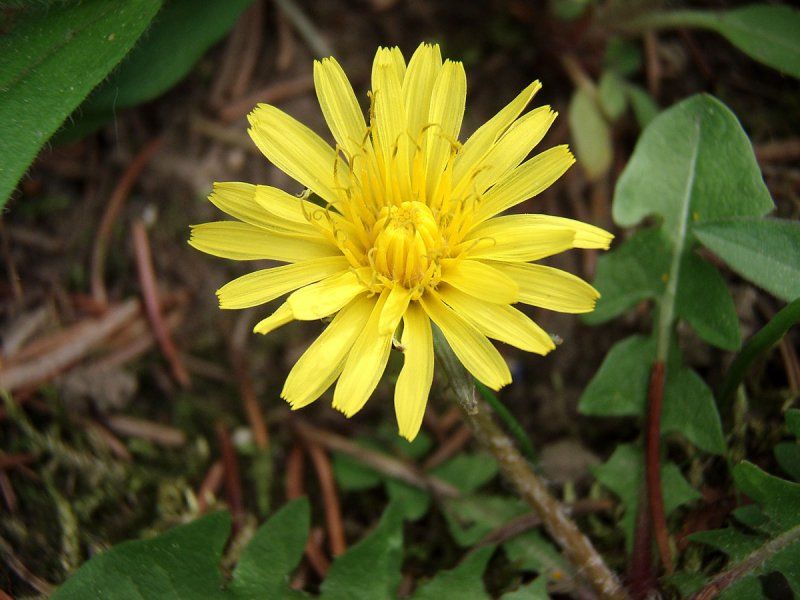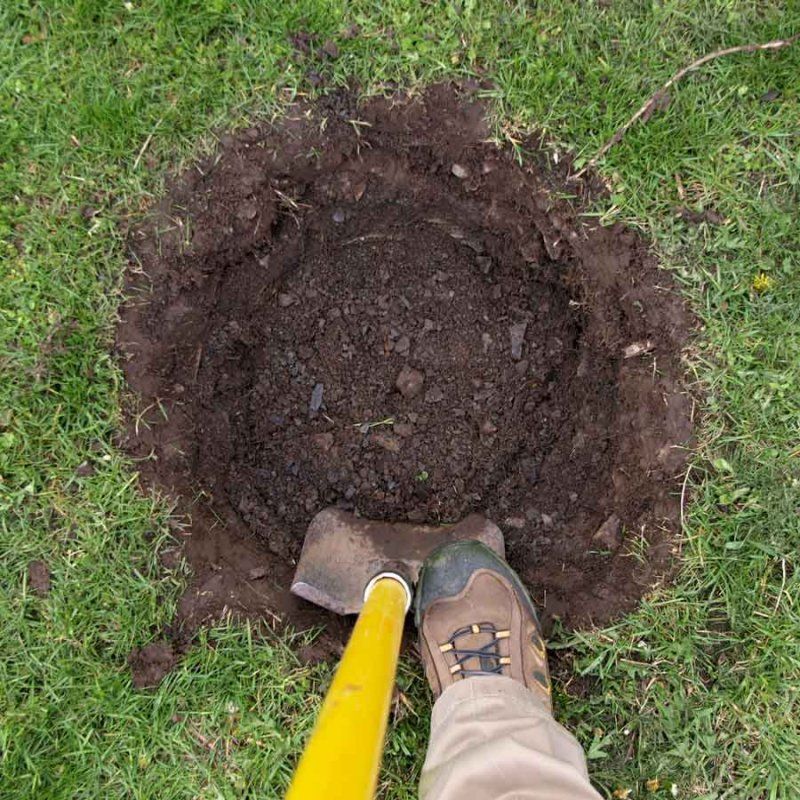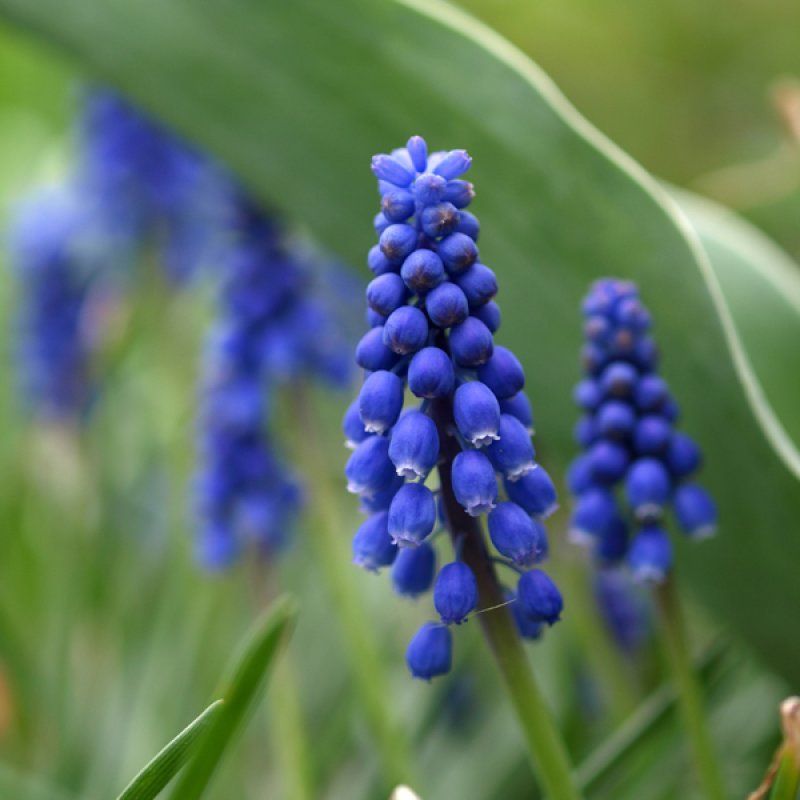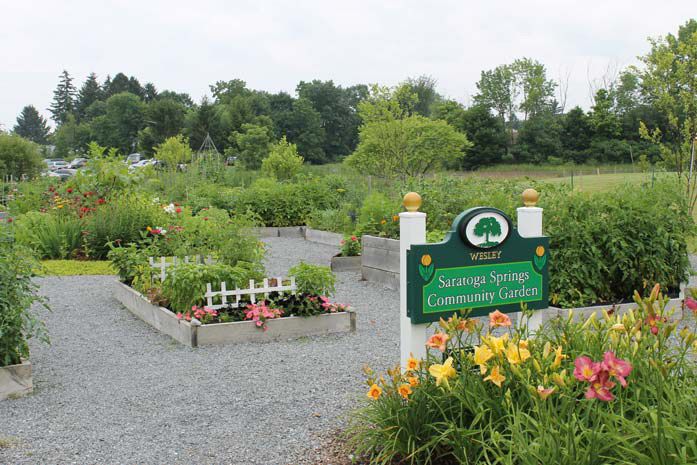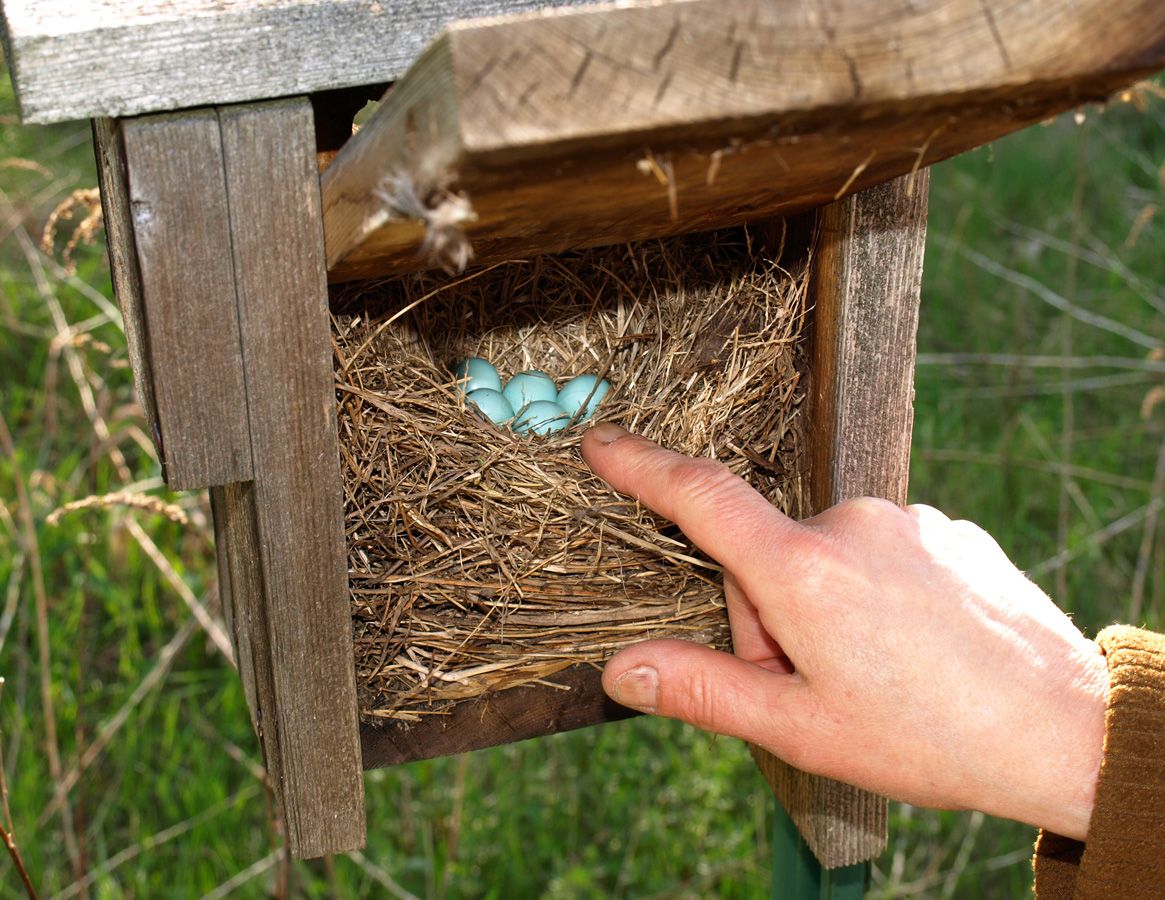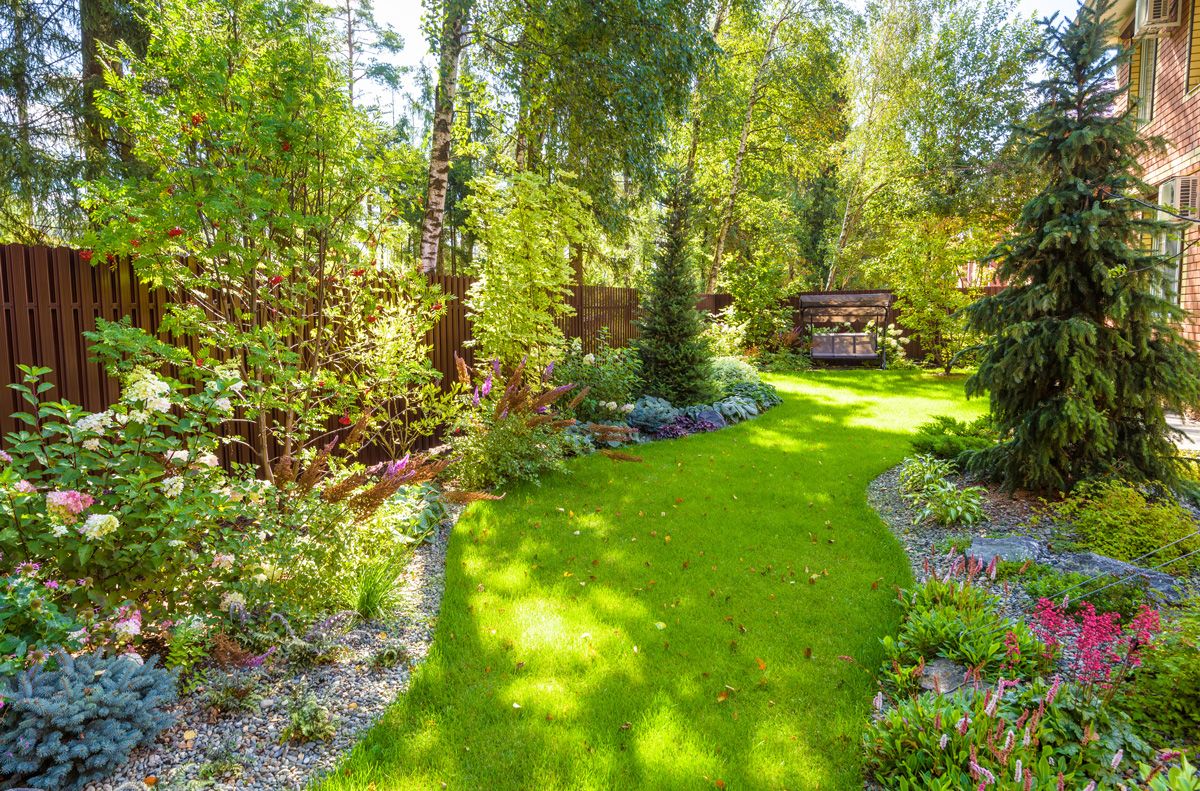Gardening with Peter Bowden: Making the move indoors

Soon it will be time to move any houseplants that spent the summer outside back inside for the winter. Before we do though, we’ll want to take some precautions to make sure they haven’t picked up any pests during their summer vacation. If we bring a plant indoors with only a couple of aphids on it for instance, it can become a big problem in a small amount of time. Once inside with plenty of heat and no natural predators to keep them under control, these insect pests will reproduce quickly and then branch out to infest your other houseplants.
The last warm days we have left gives us the chance to take preventative measures to make sure this doesn’t happen.
The first step is to thoroughly spray your inbound plants with an insecticide to kill any insects they might have picked up. My favorite for this job is insecticidal soap, something most organic gardeners are familiar with. It kills just about any insect commonly found on houseplants and it kills on contact. It also kills mites which often go undetected since they are so small. Left unchecked, mites will reproduce quickly but unnoticed inside. Eventually the leaves begin to fall off…this is when most folks realize they have a mite problem.
Doing this outside while the weather is still warm gives us a chance to be very thorough without making a mess inside and smelling up the house. Choose a day when the wind is calm to spray your houseplants. Spray every inch of the plants until the insecticidal soap is dripping off the leaves. Pay special attention to the undersides of the leaves since this is where mites like to hide. Spray again a week to ten days after the first spraying if you have the chance before frost.
In addition to the spraying, I like to put some systemic insecticide into the soil of inbound houseplants especially those like hibiscus that seems to attract pests. Systemic insecticides are drawn up into the plant through the roots and are pumped out through the stems and leaves until it permeates the entire plant. Any sucking insects like aphids or scale suck up the insecticide and die. Systemic insecticide lasts for several weeks so it kills any insects that hatch from eggs after the plant was brought inside. This is something a contact killer like insecticidal soap can’t do. Systemic insecticide takes a couple of weeks to get absorbed by the plant so it is a good idea to use it a week or so before the plant comes inside. Naturally, you shouldn’t use systemic granules on any edible plants you plan to rescue from outdoors like herbs.
After spending the longest days of the year outside, our houseplants have become spoiled. Long, warm sunny days with breezes cause them to drink plenty of water. Some of these plants need to be watered every day or two as they enjoy their sunny summer home on the patio.
Once they move inside, their demand for water will drop off considerably. Even the sunniest windows on the south side of our homes can’t begin to equal the amount of sun they enjoyed outside. Without that sun and the breezes, they will only need a tiny fraction of the water they needed outdoors. A plant that needs water every two days outside will only need to be watered once every couple of weeks inside. This is what kills most houseplants…overwatering. Don’t try to water on a timetable. Check the soil before you water. If you even think it feels moist, don’t water, and check it again a couple of days later. We use saucers to keep excess water from ruining our rugs and wood floors. NEVER let the plants stand in water for more than a few minutes. There is no quicker way to drown a plant than to leave it standing in water.
You can expect your plants to lose some leaves as they adapt to the lower light indoors. In some cases, they may lose a lot of foliage. Be calm and don’t give them extra water. This leaf drop is normal, and added water will only make things worse.
Even though our houseplants live all year, they do slow way down as the days get shorter. They need to be fed during the longer days of summer, but once they come inside, you should stop feeding them until March or so when they start to show signs of new growth. Then feed them, but mix your food at 1/4 strength. Once June rolls around and it’s time for them to go outside again, you can start feeding them at full strength for the summer. We love our houseplants for the greenery they provide during the grey days of winter, so let’s help them make the transition as gently as possible.
Thanks for the read!
